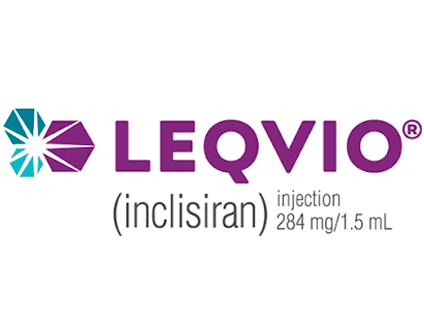
Heterozygous Familial Hypercholesterolemia
Understanding Heterozygous Familial Hypercholesterolemia (HeFH)
Heterozygous Familial Hypercholesterolemia (HeFH) is a genetic disorder that causes significantly elevated levels of low-density lipoprotein (LDL) cholesterol, which increases the risk of premature cardiovascular disease (CVD), heart attacks, and strokes. This condition is caused by mutations in the LDL receptor (LDLR), APOB, or PCSK9 genes, impairing the body’s ability to clear LDL cholesterol from the blood. HeFH is inherited from one affected parent and has a prevalence of approximately 1 in 250 people worldwide.
Common Signs and Symptoms of HeFH:
- Elevated LDL Cholesterol Levels: Persistently high LDL cholesterol, often detected through routine blood tests.
- Physical Manifestations: Xanthomas: Yellowish deposits of cholesterol that may appear on the skin, particularly around the tendons or eyelids (xanthelasma).
- Family History of Early Cardiovascular Disease: A pattern of premature heart disease or strokes in close relatives.
- Asymptomatic Nature: Many individuals do not experience noticeable symptoms until cardiovascular complications arise.
This information is provided as a resource and is not intended to diagnose a condition or prescribe treatment. Please discuss any symptoms you may exhibit with your physician.
Treatments prescribed by:
Referral Forms
Click on the link below to see all referral forms or select an associated treatment below in Associated Treatments to view detail and download the relative treatment referral form.
All Referral FormsAssociated Treatments
Click on a treatment below to view detail.



